This grocery store cold process recipe is not fancy, but it lets you make soap less expensively when you're learning, or even deciding if you like the process.
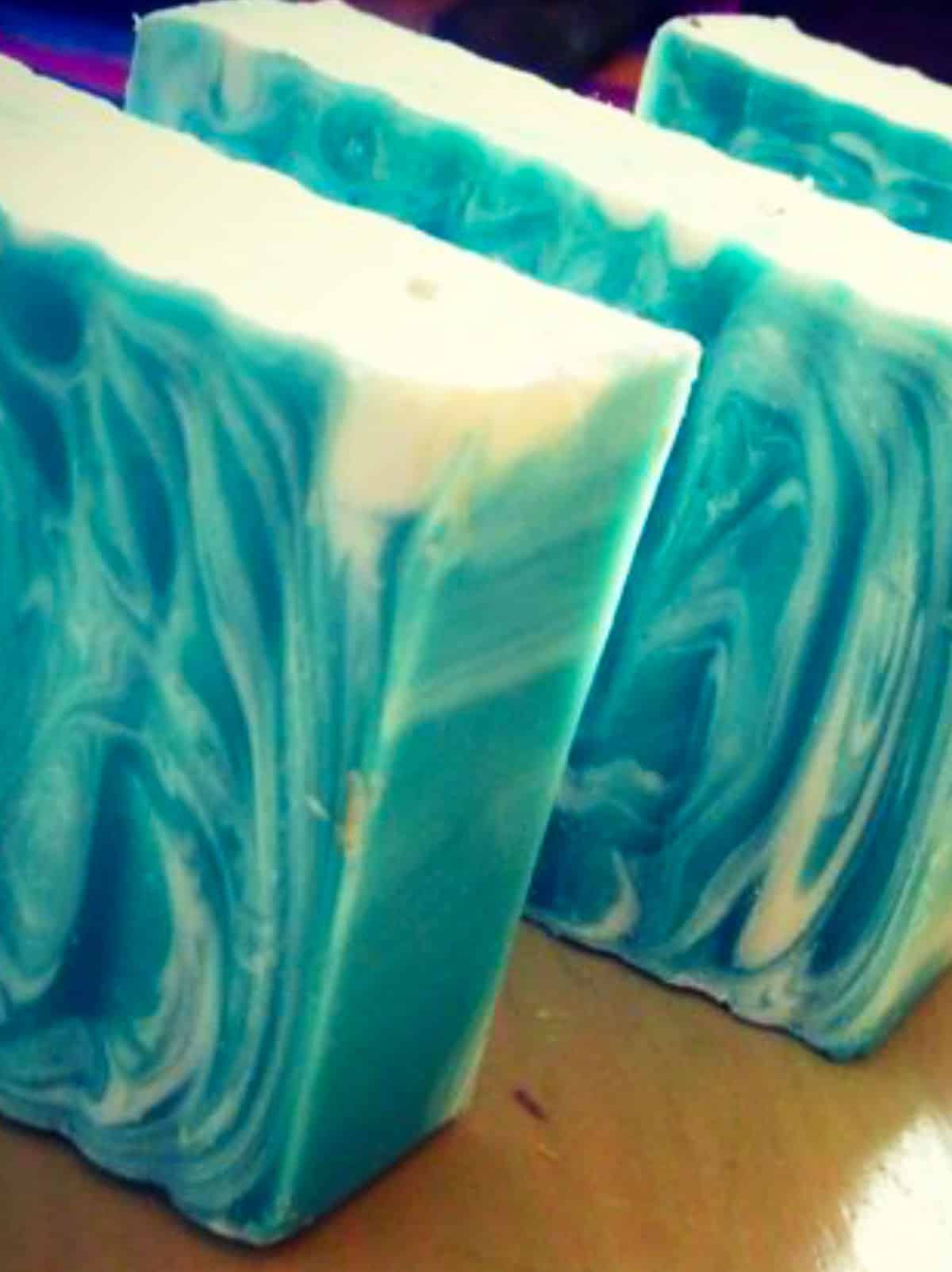
No expensive oils, and no paying for expensive shipping to get started. It's a bare boned basic soap formulation. It behaves nicely for a beginner to learn about oil properties, saponification, and trace. It's slow tracing enough that most fragrances can be used without problems.
Learning Objectives
- display proper safety procedures for handling sodium hydroxide
- select your soap making equipment and supplies
- help you calculate your formula for your mold size based on volume
- select two colorants for your cold process soap
- select your fragrance or essential oils for your cold process soap (and discuss
- discoloration issues)
- observe you taking accurate measurements
Basic Grocery Store Soap Recipe
8.3 oz Coconut Oil
8.3 oz Olive Oil
10.9 oz Vegetable Shortening
10.6 oz Water (weighed, not volume!)
3.9 Sodium Hydroxide (Lye)
1.5 oz fragrance oil or essential oil
- Prepare your lye solution by weighing out your water in a plastic pitcher. Add your lye,stirring to mix in well. Set this aside to cool. You can prepare this the day before and have it atroom temperature.
- Melt your oils and let them cool to about 100 degrees
- Slowly pour your lye solution into your warm oils mixture, stirring gently
- Using your stick blender, mix your oils and lye solution until trace occurs, or where yourmixture is thick and leaves batter trails when you lift the stick blender out of the mixture.
- Add your fragrance or essential oils and any herbal matter, and stick blend on short bursts onlow until quickly blended in evenly.
- Pour your traced and fragranced soap mixture into a previously prepared soap mold.
- Let sit overnight until cooled, remove from mold, then slice.
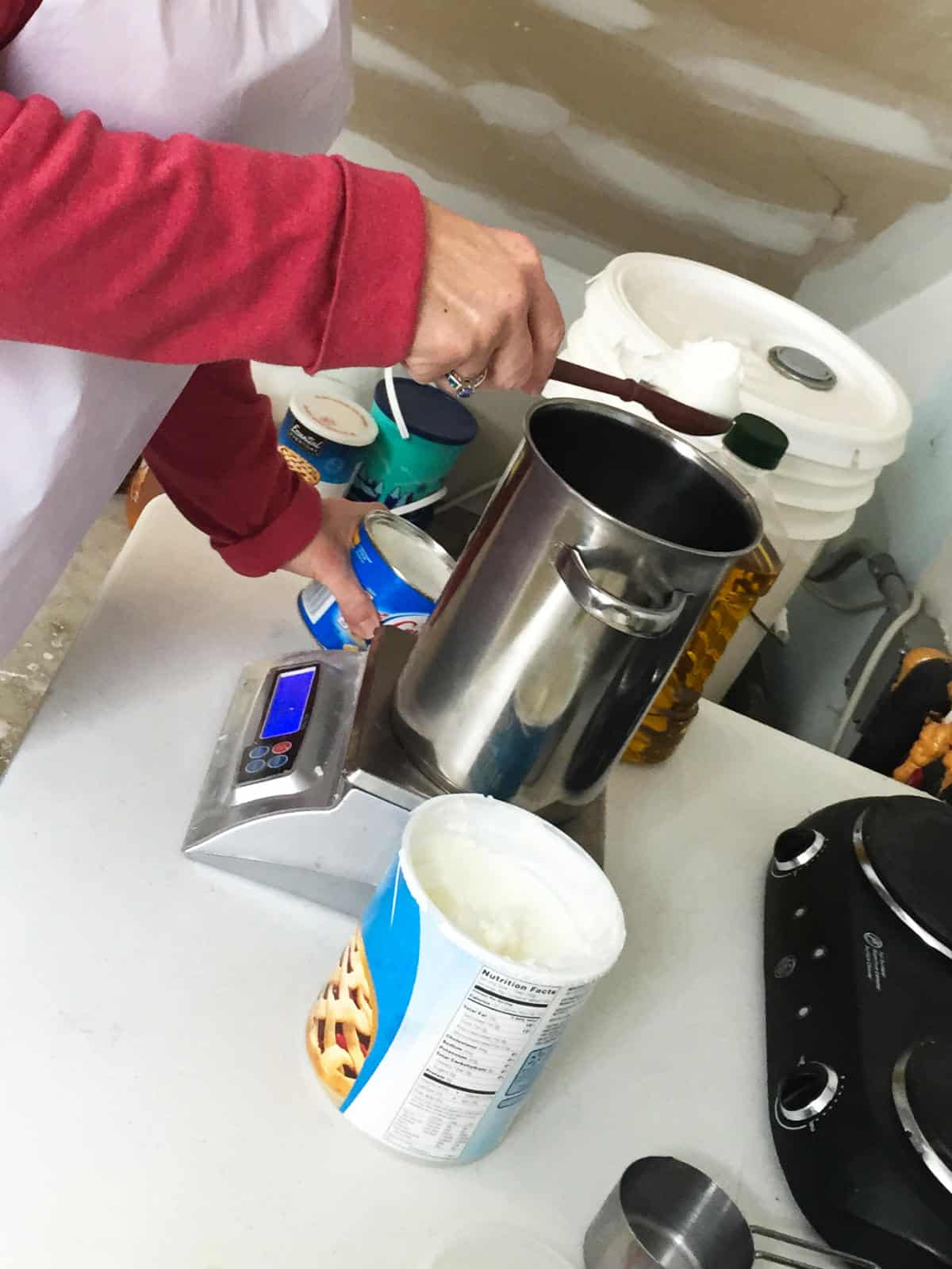
Soap Making Equipment You'll Need
- glass mixing bowl, or a small tainless steel stockpot.
- Spatula
- Pitcher
- Scale
- Small glass container to measure lye into
- Mold
- Recipe/ Soap formula
- colorants
- fragrance or essential oil
- additives
- lye (sodium hydroxide)
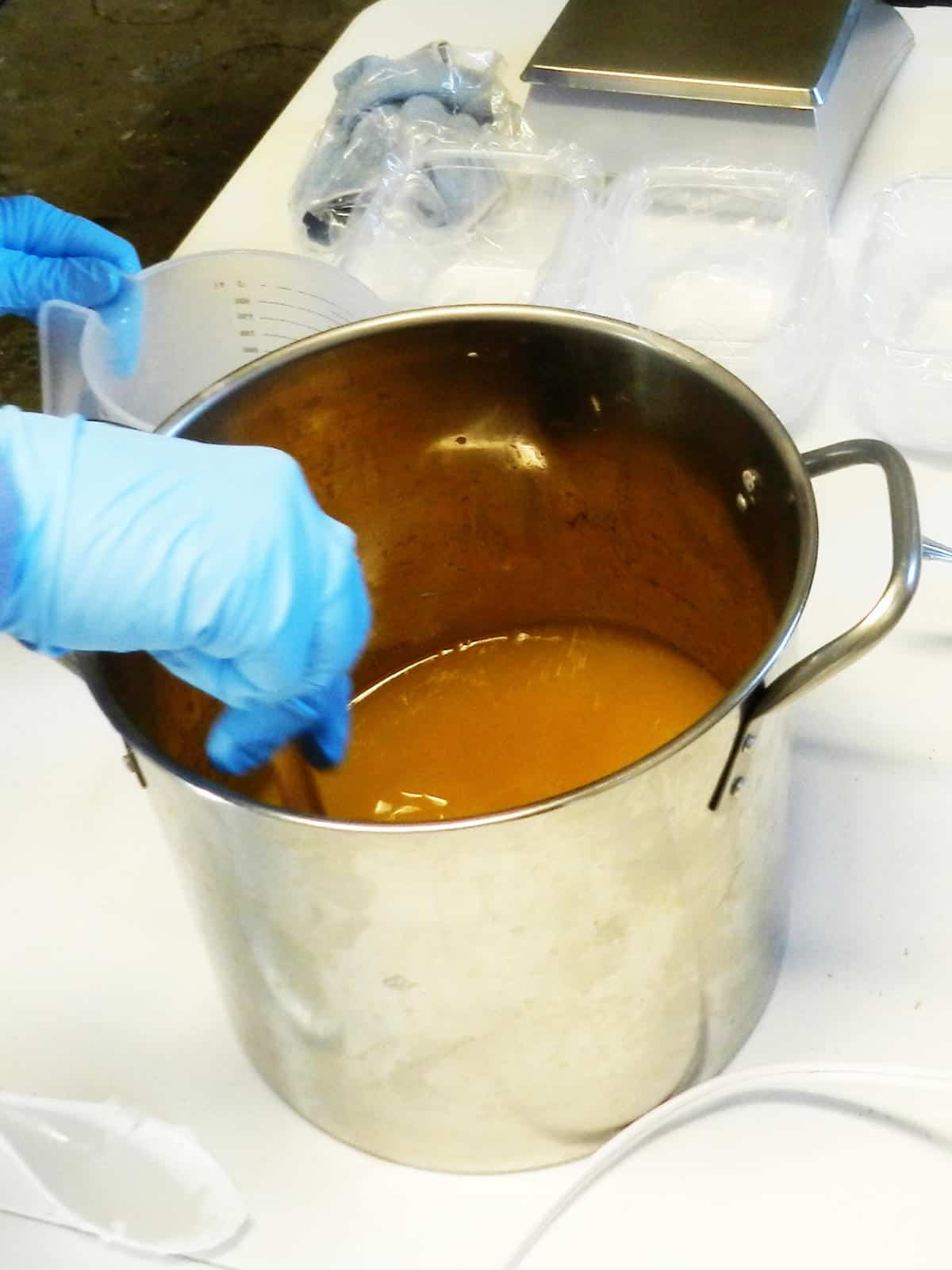
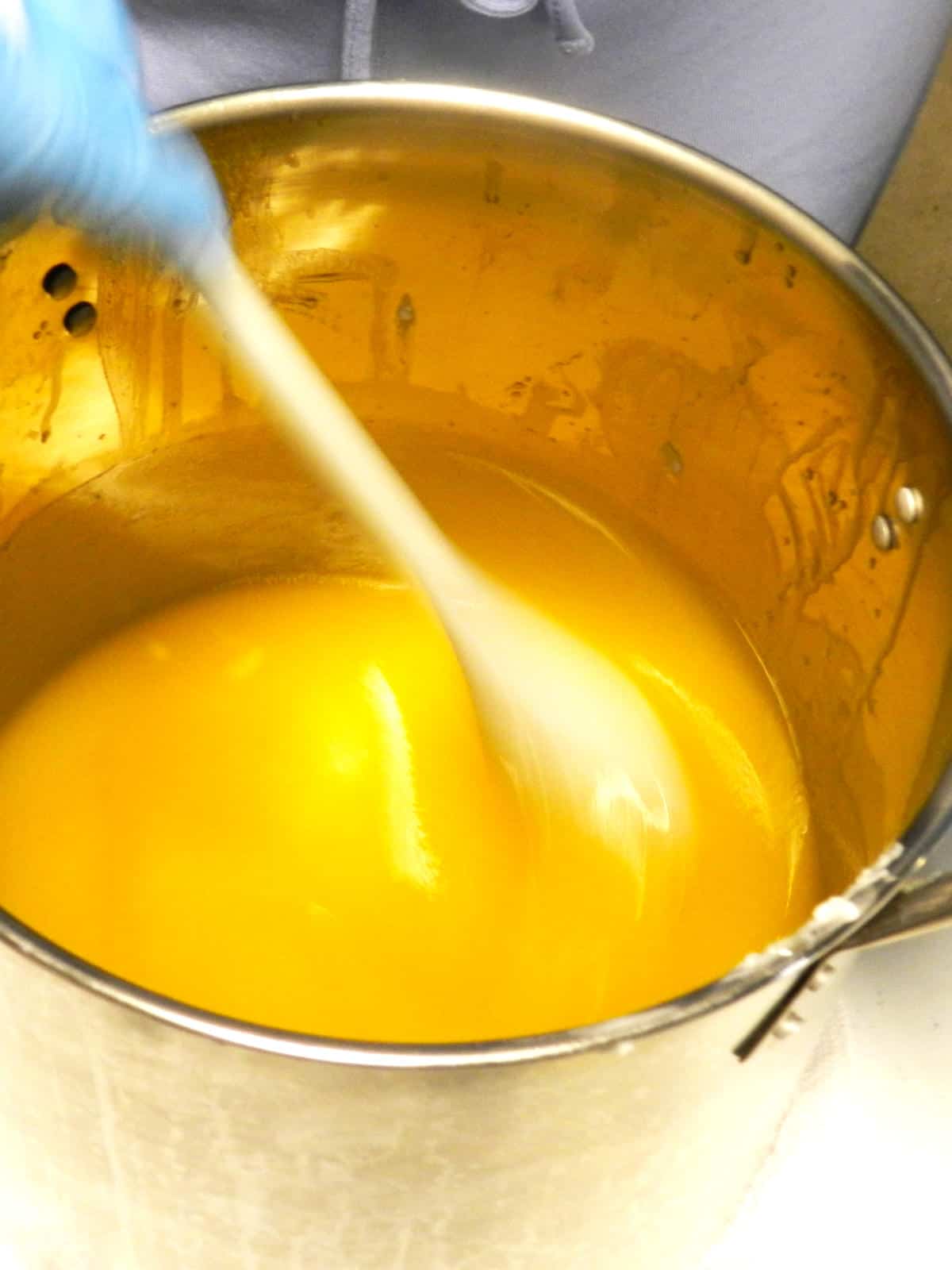
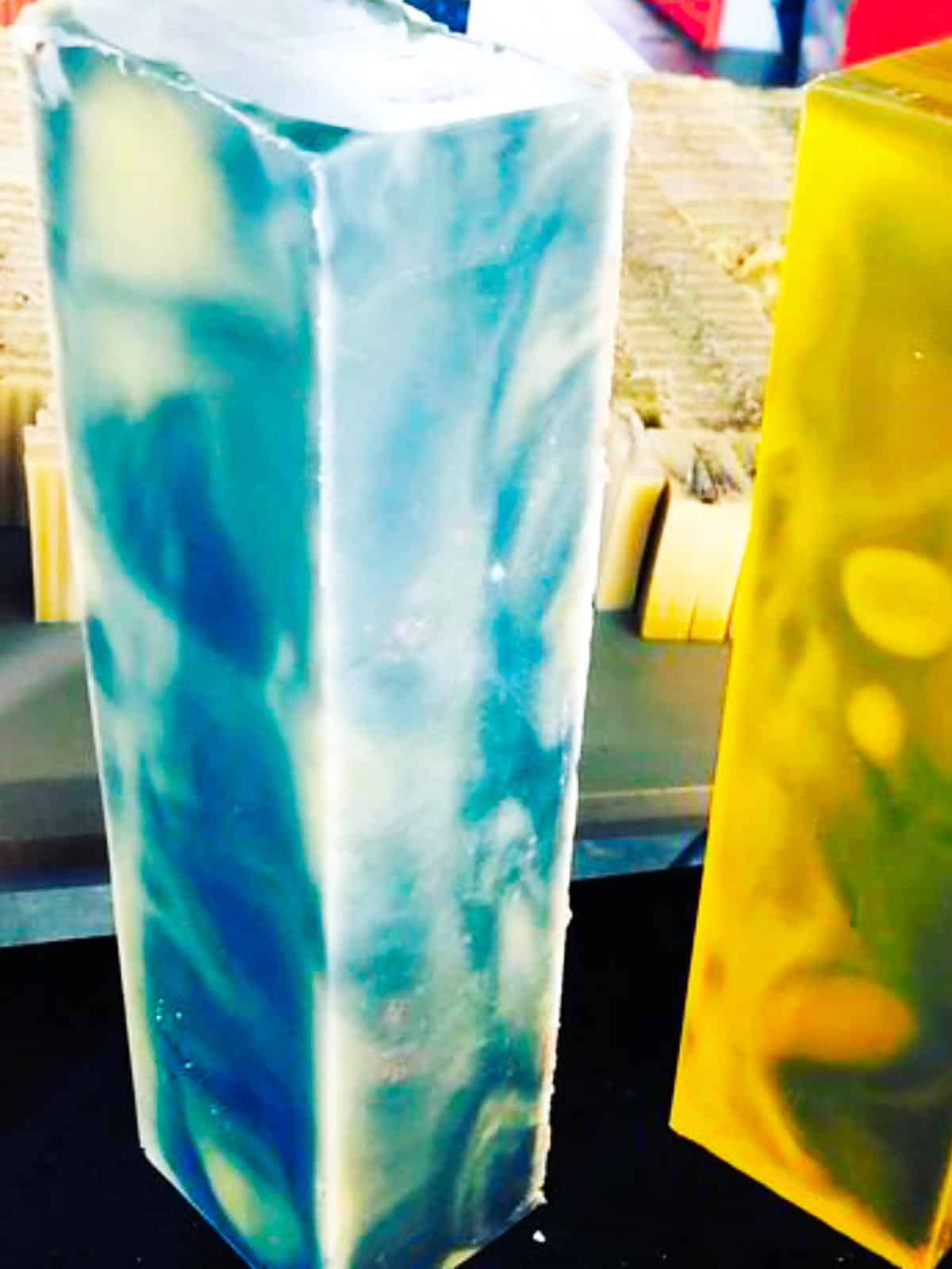
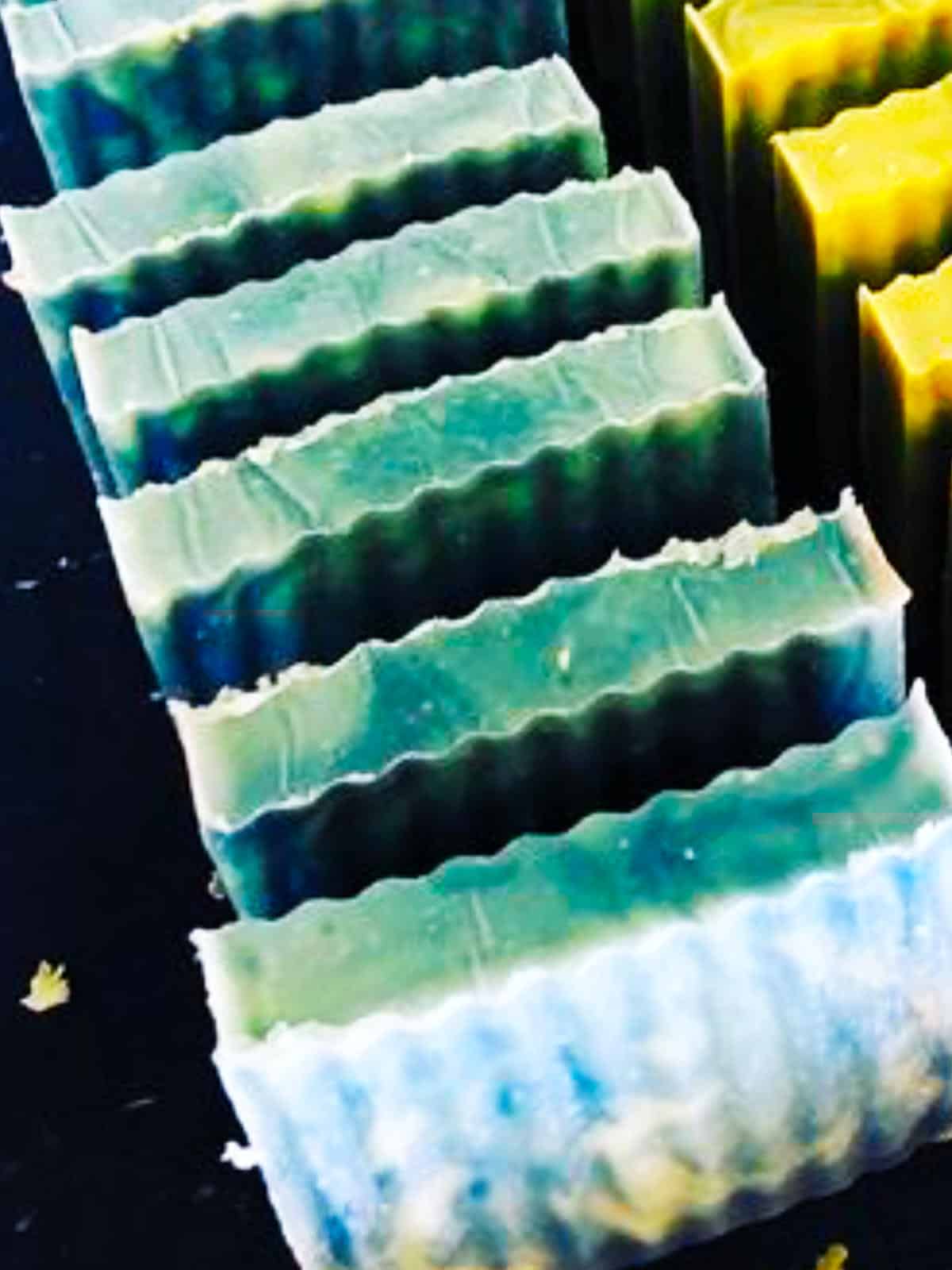
Soap Making Safety
Understand the dangers of lye.. Lye is an extremely caustic chemical that will burn your
skin upon contact. It is always used for the cold process soap method and for hot process
soap methods. Use gloves, avoid contact with lye and your skin.
- Understand all your soapmaking ingredients. Some other substances for soap making,
such as essential oils, have safety issues as well. - Be sure to wear protective clothing… In order to avoid any contact with lye, or any other
harmful substance, wear rubber gloves, goggles, garments that cover your body. - Label all equipment "for soap making use only".
- Always have a bottle of water by your side. If you spill any lye, pour water over the mess
to dilute the active soap mixture spill or the lye solution spill. - Eliminate all distractions… this includes children, pets and even spouses.
- Store all hazardous substances in a safe place. Make sure that it is far from the reach of
any children.

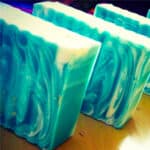
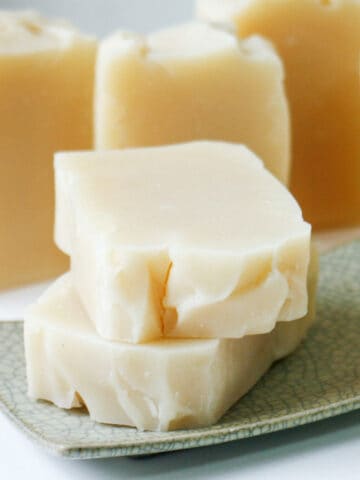
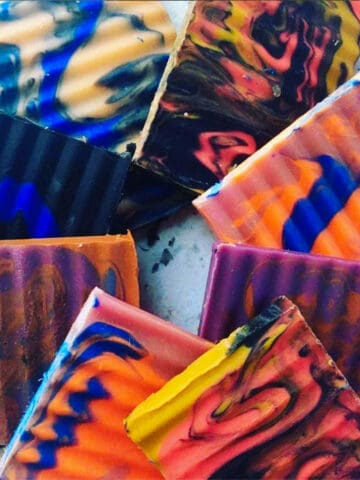
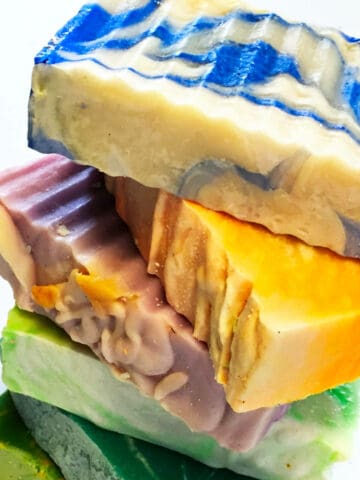
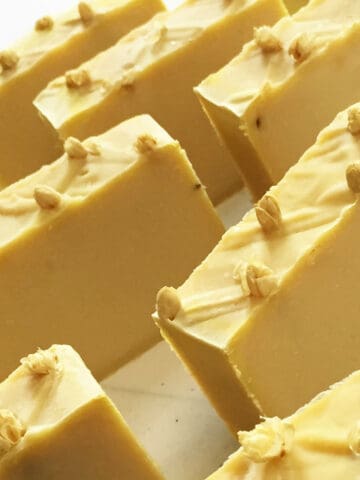
Leave a Reply